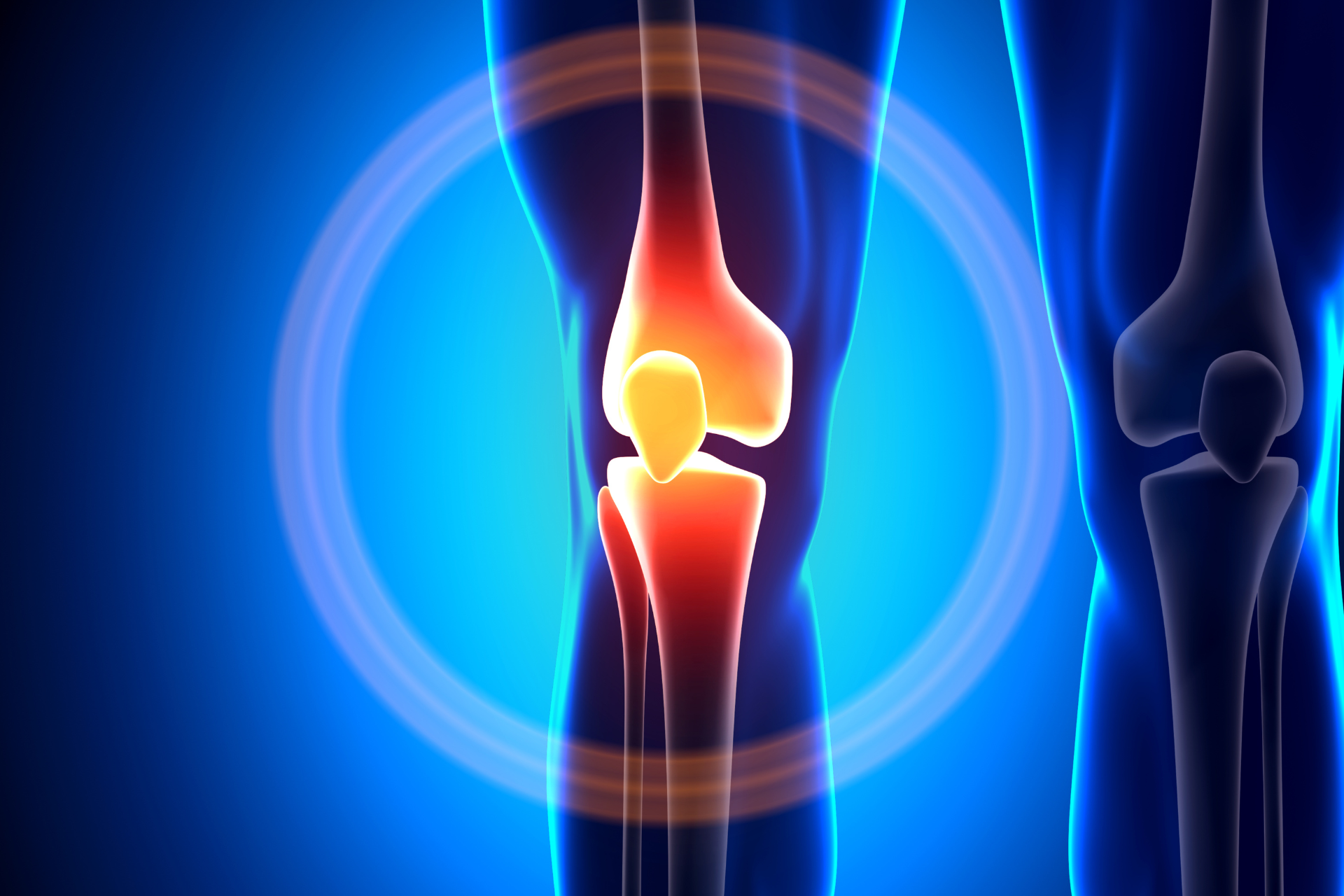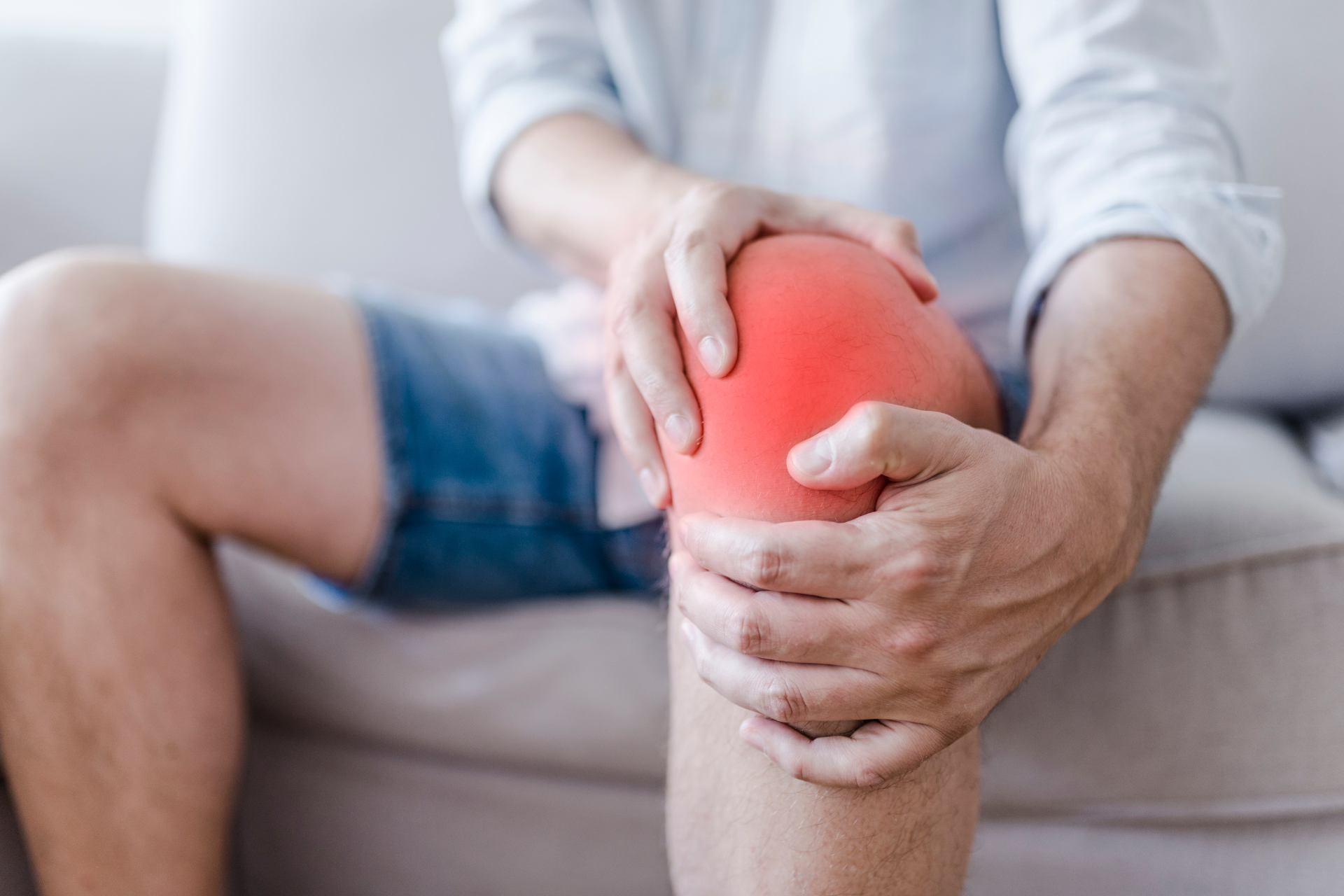Welcome to
RALEIGH’S SOLUTION FOR CHRONIC NECK, BACK, & JOINT PAIN
Effective | Non-Surgical | Pain-free | Drug-free
HEAL, GROW, THRIVE
DON'T LET PAIN HOLD YOU BACK
As Raleigh’s premier chiropractic care center, we provide our community with natural and effective care that exceeds the expectations of those we serve and educate. Conveniently located in the heart of Raleigh NC, we offer a wide range of chiropractic services. Our Raleigh Chiropractic Office aims to unlock the healing powers that are locked inside the body by improving body function and flexibility. Caring for your health now using chiropractic care is much easier than trying to recover it later!
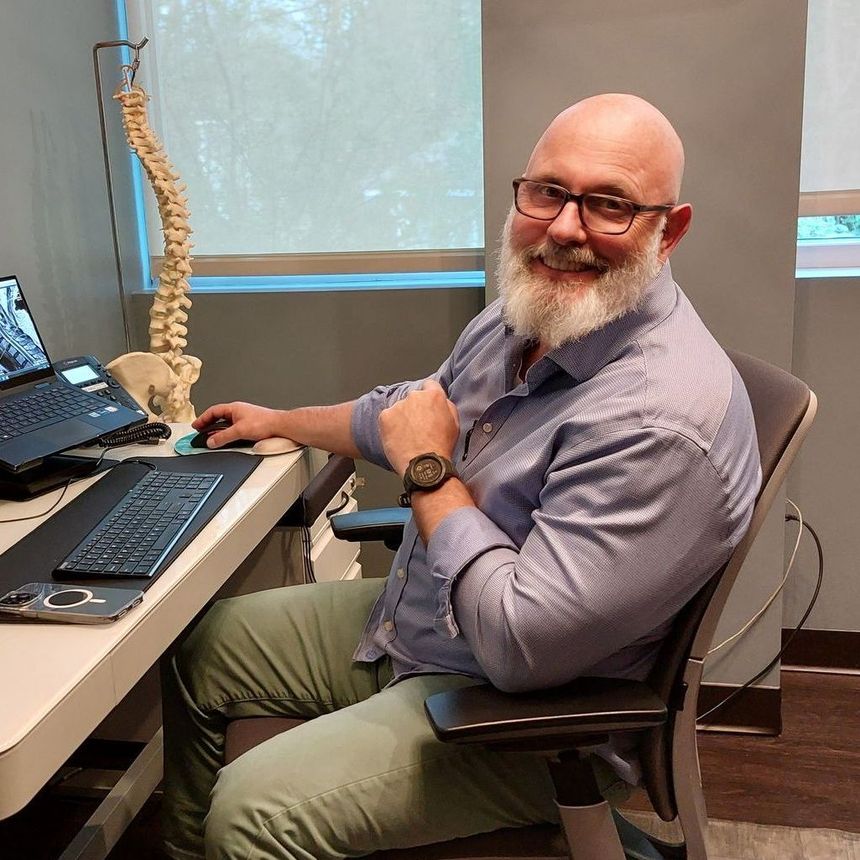
WHAT WE DO
OUR SERVICES
Spinal
DECOMPRESSION
Experience relief and regain mobility with our gentle, effective Spinal Decompression therapy.
Laser
THERAPY
Accelerate healing and reduce inflammation with our state-of-the-art Laser Therapy treatments.
Corrective
CHIROPRACTIC
Transform your posture and relieve pain with our targeted Corrective Chiropractic and Posture Rehab services.
Accident &
INJURY CARE
Receive compassionate, comprehensive care for your Accident & Injury recovery, helping you return to full health.
ABOUT
HEALTHCARE BUILT FOR YOU
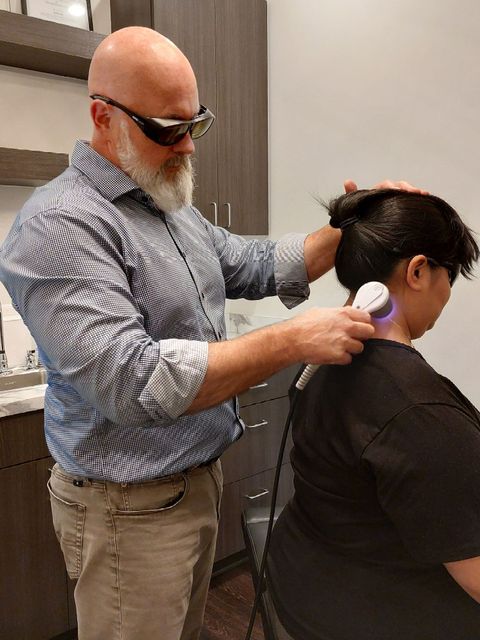
As your Raleigh Chiropractor, we strive to deliver excellence in quality health-care, by listening to and discussing the concerns of each patient as an individual. We take pride in getting to know you and developing a unique treatment plan based on your chiropractic needs. This is essential because we understand that although our patients may be diagnosed with the same condition, they respond very differently to chiropractic treatments. For this reason, we tailor a specific treatment plan to meet your needs, goals & unique medical and physical condition.
THE PROCESS
THE PHASES OF CARE
01
RELIEF
The goal of your chiropractor is to alleviate your symptoms as quickly as possible in order to usher in your personal era of healing.
02
CORRECTIVE
During this phase restoration of optimal bone alignment and movement is the primary goal; this is also where muscles and ligaments are allowed to heal more completely.
03
WELLNESS
This phase of care consists of periodic adjustments to maintain proper alignment with the goal of ensuring that your physical problems do not come back.
TESTIMONIALS
READ WHAT YOUR NEIGHBORS HAVE TO SAY.
BLOG
WE LOVE TO KEEP LEARNING
